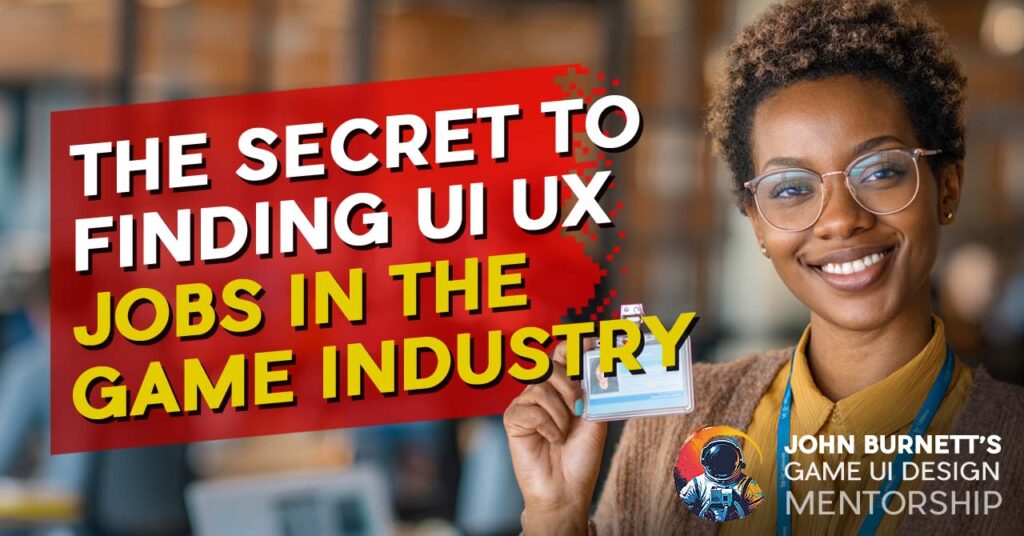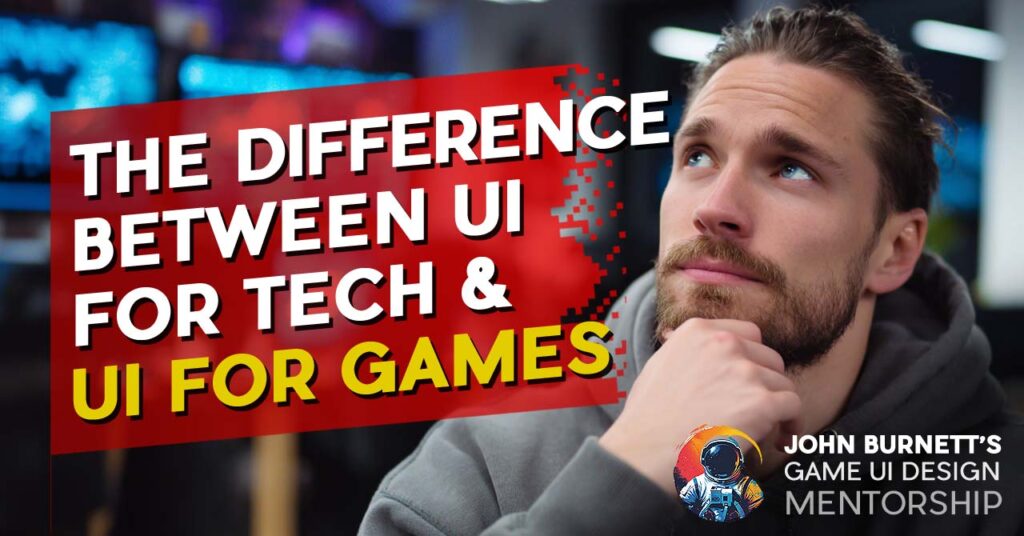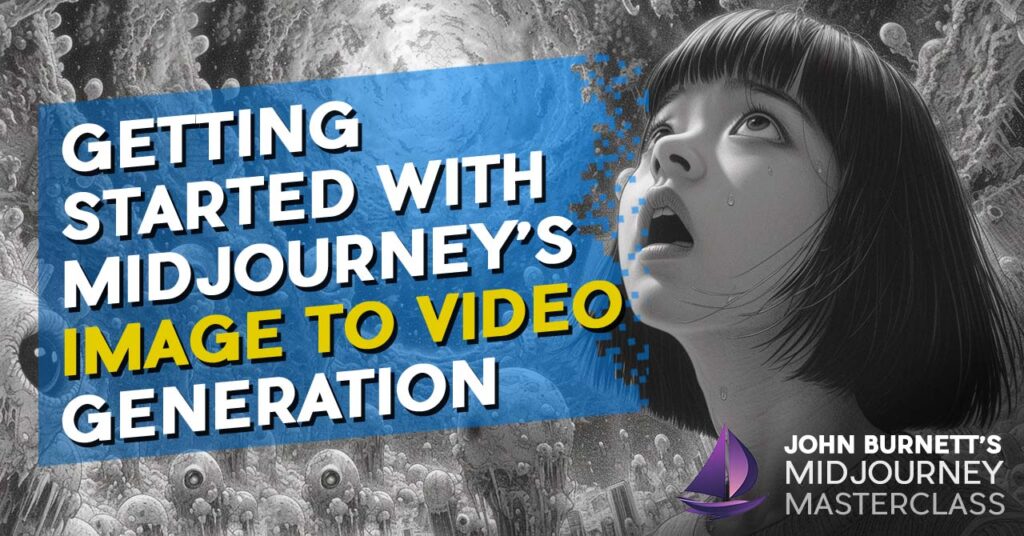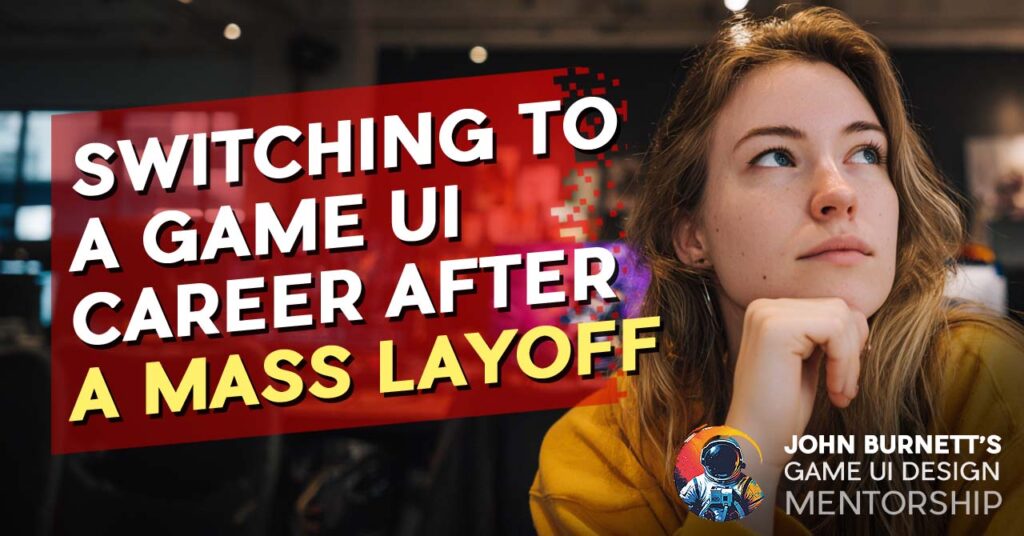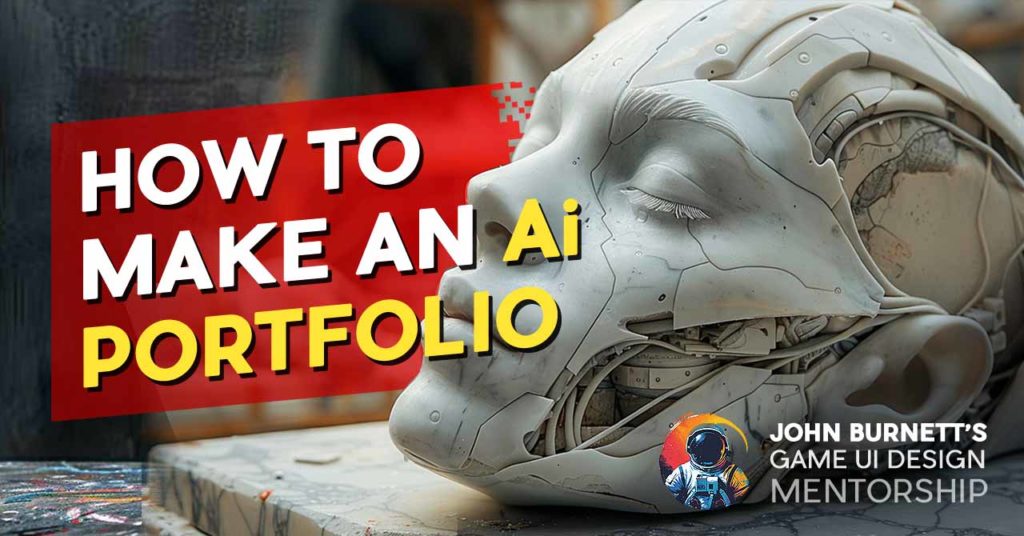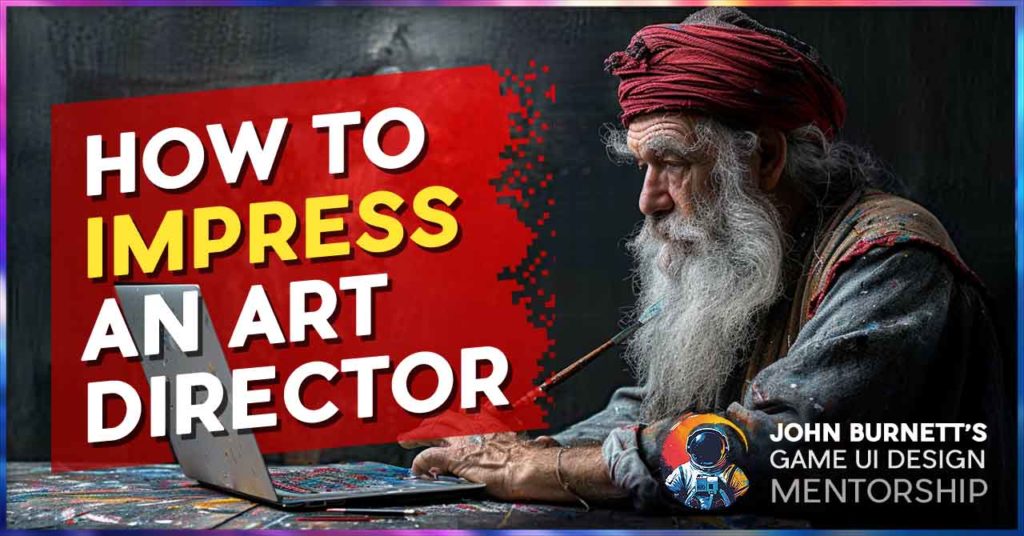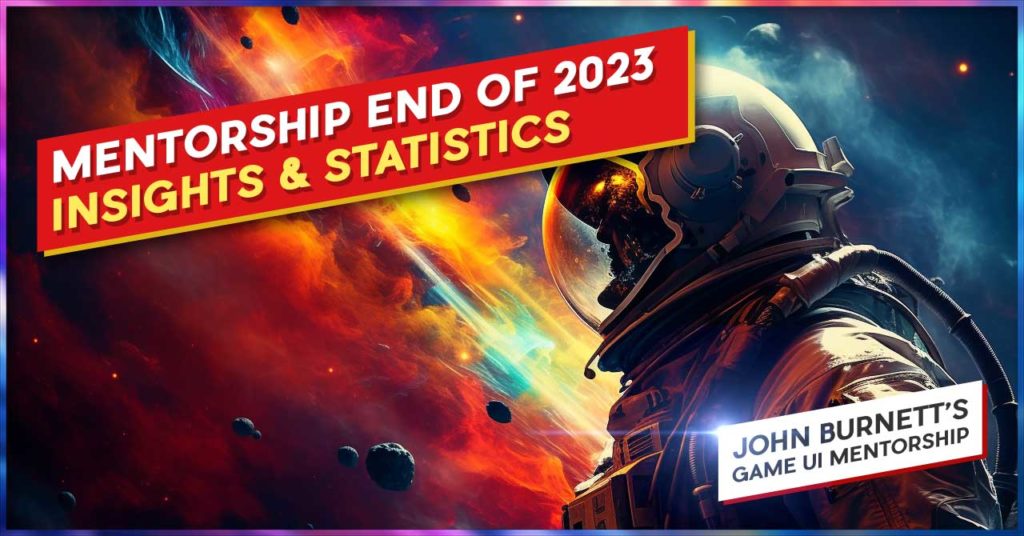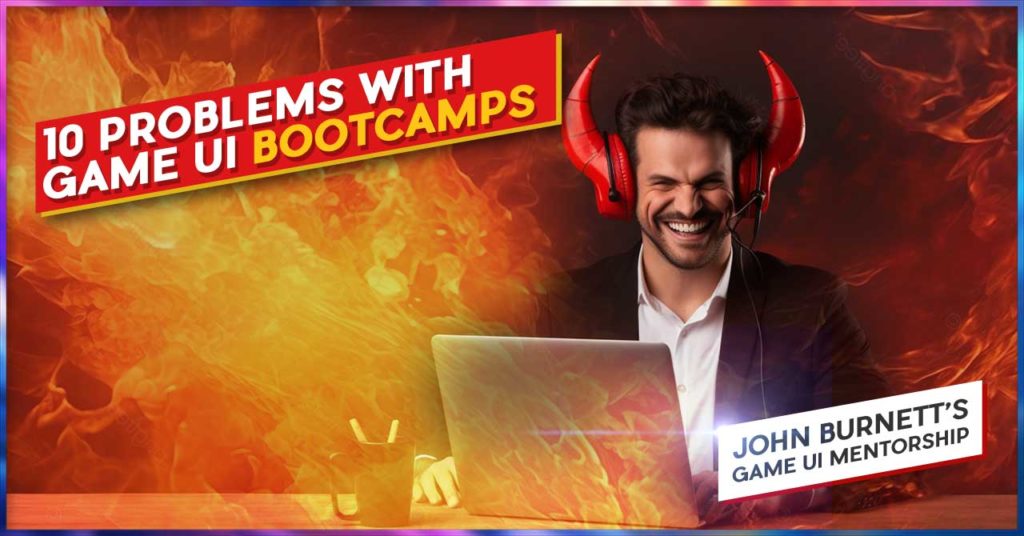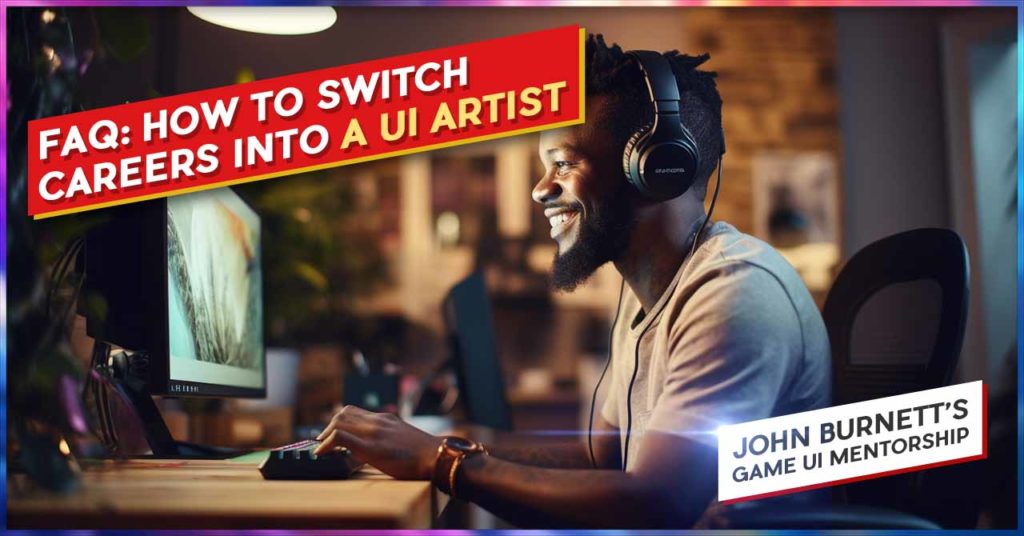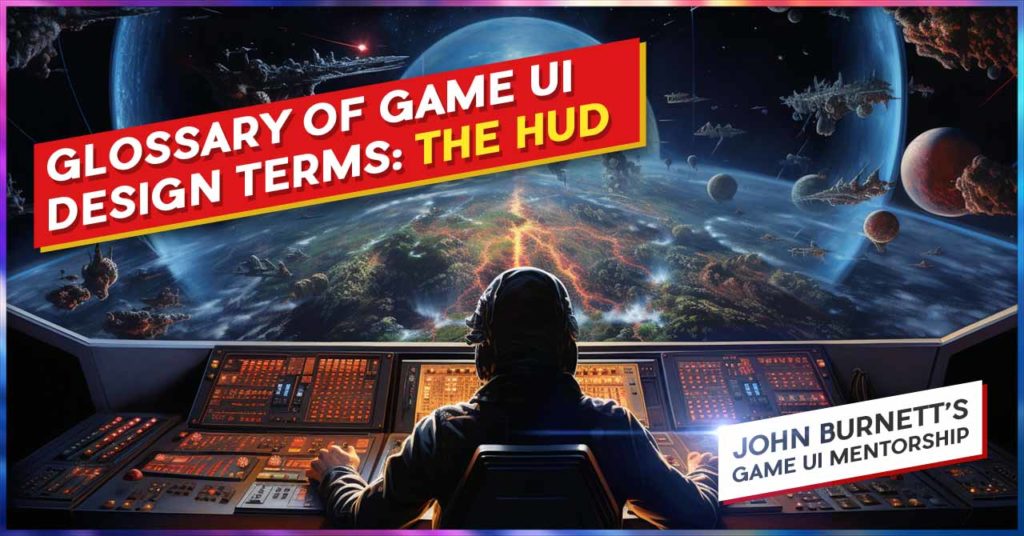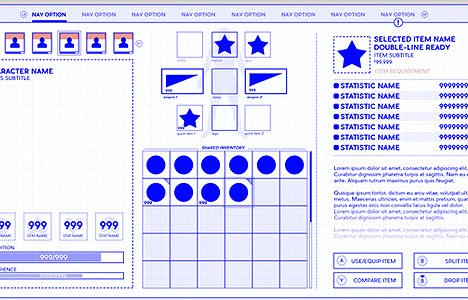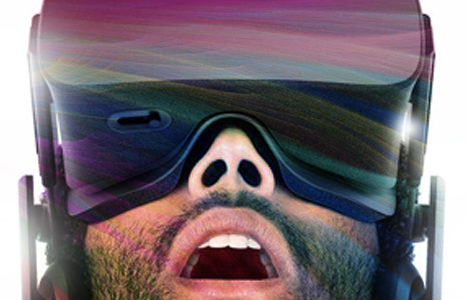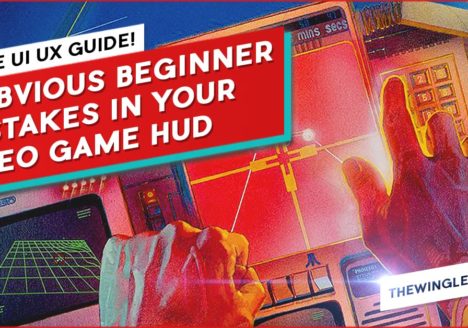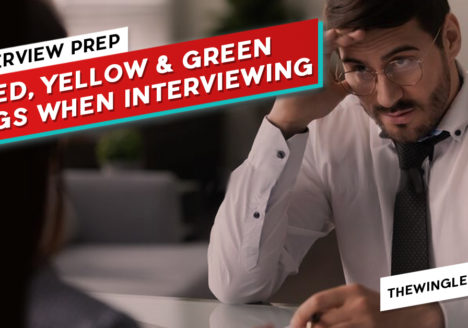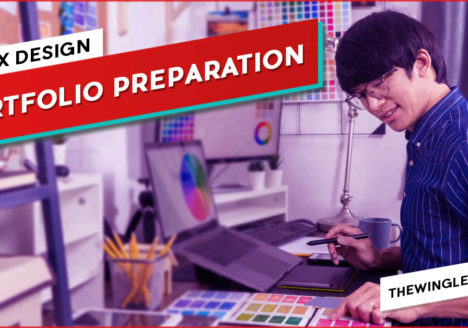How to Make an Ai Art Portfolio
FREE GAME UI DESIGN COURSE FOR YOUR GAME UI PORTFOLIO
HOW TO MAKE AN Ai PORTFOLIO
 By John “TheWingless” Burnett
By John “TheWingless” Burnett
Art Director, Senior UI Artist, Game UI Design Mentor & Career Coach
Need 1-on-1 help with your UI Artist Career? Join my exclusive Game UI Design Mentorship!
HOW TO MAKE AN Ai PORTFOLIO
FREE GAME UI DESIGN COURSE FOR YOUR GAME UI PORTFOLIO
No matter how fast the technology behind Ai Art Generation moves, and no matter your stance on the matter – we gotta get right to it:
You need an Ai Art Portfolio. Like, today.
And your Ai Portfolio should showcase the following:
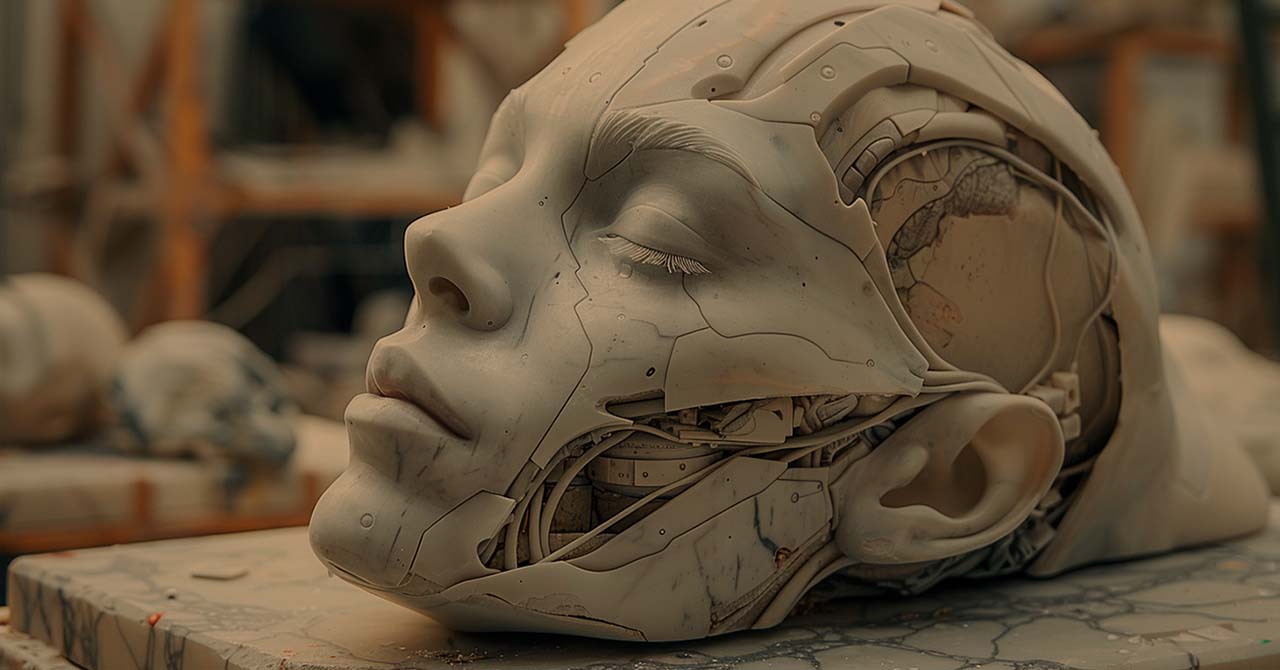
SHOW: Ai ART CAMPAIGNS WITH FOLLOW-THROUGH
Let’s get right to the heart of the matter: you’re not fighting against Ai, you’re fighting against the Job Providers who can now create art about as reasonably well as they want to… but you know… without you. Your first task it to show the Job Providers they shouldn’t try it themselves and that there is still a place for you as a new form of Ai Art Director.
Therefore your Portfolio, as a matter of existential survival, must show Art Direction: good concepts, competent executions, and lots of follow-through. You need to show that dabbling in Ai equates to nothing, and real campaigns and artefacts (books, channels, ads) showcase the true strengths and weaknesses in Ai Art right now. Remember: the Job Providers can dabble, but it’s unlikely they’ve gone all the way!
More reading: Building a Strong Ai Portfolio on Medium
SHOW: MASTERY OF ADVANCED Ai TECHNIQUES
Midjourney, as a Platform I’m familiar with, produces generic results if you Prompt without any technical frills. As an example, simply changing the aspect ratio (–ar) dramatically changes how Midjourney generates the same Prompt within the new canvas.
Midjourney’s advanced techniques like -sref (style reference) and -cref (character reference) are vital for Game Development and Marketing Campaigns. These allow you to maintain a specific style and consistent faces – respectively – through your generations. Without these techniques, consistency would be challenging – and a major barrier that Job Providers probably haven’t figured out as yet.
More Reading: An Introduction to Midjourney and Ai Art by me
SHOW: BETTER STORYTELLING
There are two aspects to Artistry: Concept and Execution. Before the internet-ish age, how you balanced and excelled in these two areas was the height of your craft. Now with Ai Art, everybody’s Execution will be at an exceptionally high level and it will never be downgraded.
But, as the kid who wrote other people’s papers in College, please believe me when I tell you: people are wretched storytellers. Your Ai Portfolio needs to showcase, ironically, a very human heart behind an Ai’s mechanically flawless execution. Thoughtful theming, leitmotifs, bookending or conceptual cross-pollination – do whatever it takes to tell more meaningful and impactful stories than “I sat down and typed this”
Further Reading: Storytelling in Art from the Saint Louis Art Museum
SHOW: YOU SOLVE CURRENT & FUTURE PROBLEMS
No matter where you stand on Ai Art, you absolutely need to understand it before you can critique it one way or another. Your Portfolio needs to showcase Campaigns and Projects that are rooted in the practical and exploratory – or perhaps even the cautionary! Making cool one-offs is fine, but did you make a successful Social Media Campaign? Did you use it for 2D props in your Isometric RPG indie game? Did you refurbish an old site with better stock imagery and layouts? A bunch of loose-leaf ideas won’t cut it – showcase communication, cohesion and follow-through.
And then there’s future problems, which yes, will horribly date this guide, but them’s the breaks when we talk about Ai. Nevertheless, you can always look to what is currently drying up or having to quickly catch-up as the most obvious place to look. Social media campaigns are sweeping away traditional marketing – show that you can beat the big guys at their own game. Game costs are soaring, show how you you create incredible, workable results all by yourself.
Studios will be slimming down when they embrace Ai, there’s no doubt about it, and I’m certainly nod advocating nor particularly giddy about that tidal force looming towards blue collar Artists. But nobody said you had to be a victim to this cresting wave, you can always surf its crown and move in a state of flow.
Further Reading: Common mistakes in a Junior Game UI Portfolio.
SHOW: THE INS AND OUTS OF DEVELOPMENT
The Job Providers, painted as your mortal enemy nearly this entire guide, are still just as curious and baffled by the future as you are. Here you have the advantage: leverage your sliiiightly more advanced knowledge of Ai to write about its ups, downs, quirks, and benefits. Be specific: is Ai gen perfect for Concept Art, but very bad for specific touchups? Is it like herding cats to find that one perfect aesthetic, or is it a paralysis of choice from infinite cool ideas? Show your competency and balance the scales of power in one shrewd maneuver.
That means a new approach to long-winded case studies: talk about how Corporations underestimate Ai art. Ai Art is particularly vulnerable with abstract ideas that need to be adjusted through multiple humans. Committees, basically, the tool by which most corporate art tasks are solved . And at that corporate-level, Ai has massive flaws, and the more you spook them with its legitimate pitfalls, the more readily they’ll accept your authority and your application.
CONCLUSION
Ai is not going anywhere, and the rate at which it’s improving is accelerating. It doesn’t matter if you are pro-Ai or anti-Ai, both seem largely blinded by euphoria or fear respectively. You need to be pro-Two Years From Now, and always have a plan. Creating an Ai Portfolio isn’t just a smart precaution.
It’s the future.
